Britain’s seashores are littered with the shells of bivalves and gastropods. Take a closer look next time you're walking along the seashore and you may be surprised about what you find – a pointy top shell, a colourful periwinkle or a spired whelk.
Each species in our ID guide has specific patterns and markings, and varies in shape and size, offering clues about the animals' evolution and their day-to-day lives.
Learn more with our expert guide on how to identify the most common seashells found along the British coastline and best places to find them. We've also guides on jellyfish, seabirds and beachcombing.
British seashell guide: how to identify and where to find
Auger shell, Terebridae
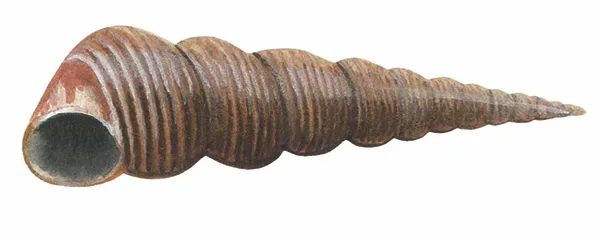
This tall, spindly cone can grow up to 3cm long. It belongs to a carnivorous snail that preys on marine worms, and like the Cone Snail, uses its venomous barb to immobilise and stun its prey.
It prefers warmer waters, but is common anywhere with muddy sediments except for the south-east coast of England.
Related articles
- Britain’s best beaches
- Beachcombing guide: things to find along the seashore and best beaches in the UK
- Coastal flowers guide: how to identify
Beachcombing involves 'combing' the beach to see what things of interest you can find./Credit: Getty
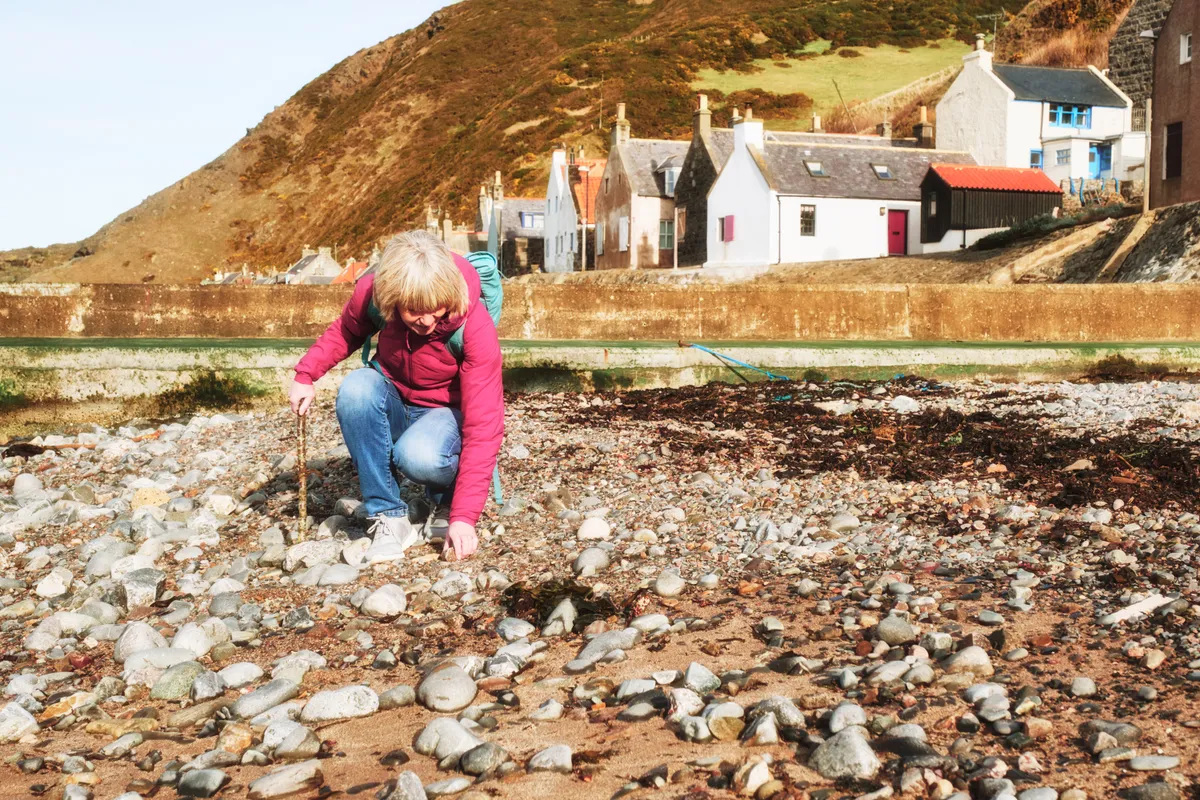
Baltic tellin, Macoma baltica
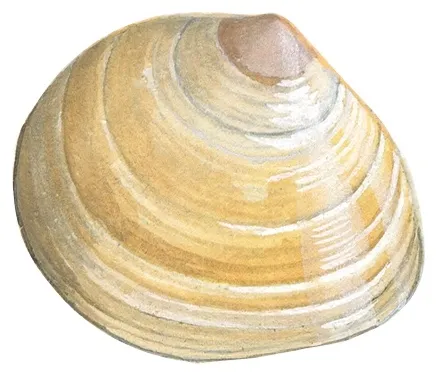
This plump, almost circular shell is around 2.5cm in length and belongs to a small saltwater clam that lives just below the surface of sand and mud.
Shells can be pink, yellow, purple and white. Common in estuaries, except in the south.
Banded wedge shell, Donax vittatus
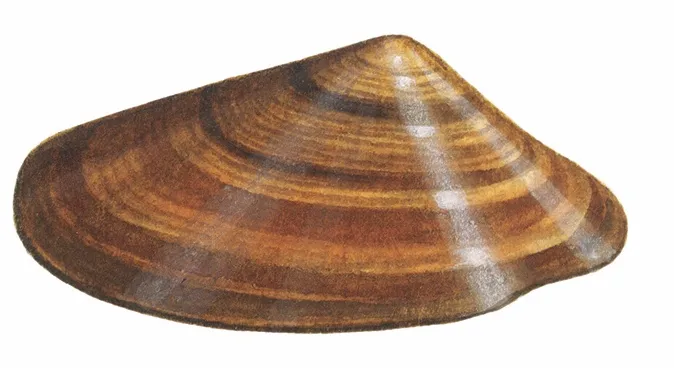
Wedge-shaped shell up to 4cm long in shiny white, yellow-purple or brown. These were once home to a bivalve mollusc in the Cardiida order, and live close to the surface of sandy beaches.
Common on all coasts.
How to go rockpooling
Rockpooling is a traditional summertime seaside activity, but you can explore the hidden world of the sea's fascinating creatures at anytime of the year. Our expert rockpooling guide offers tips on the best places to go, essential equipment and how to get started.
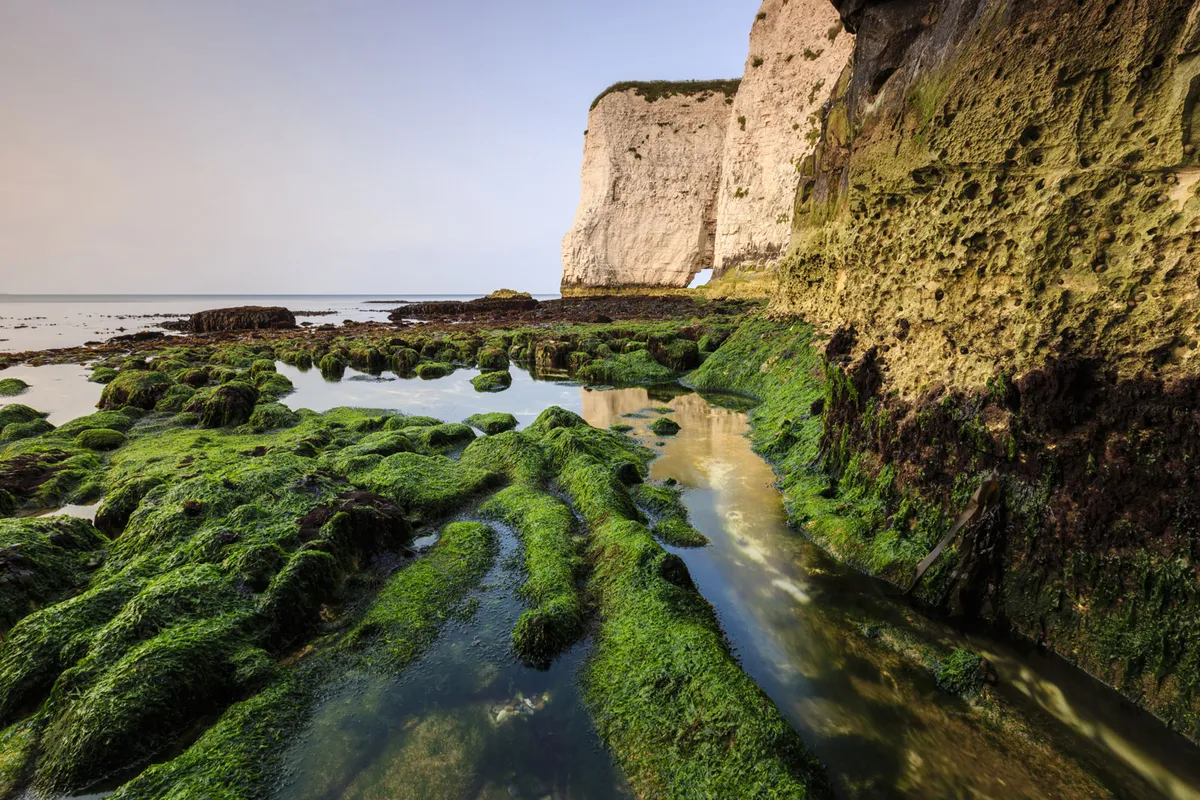
Blunt gaper, Mya truncata
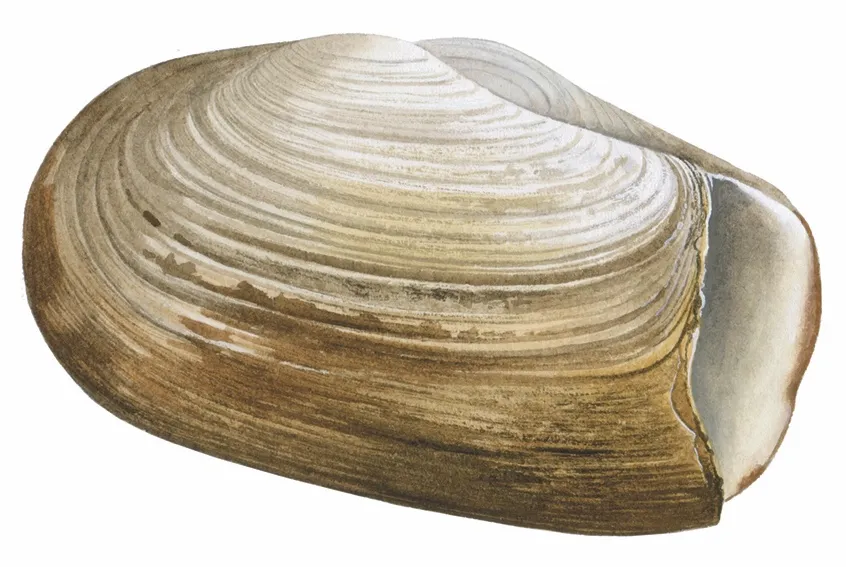
Large shell up to 7.5cm long, with colours ranging from white to dark-brown. This bivalve creature burrows to impressive depths in mixed sand, mud and stony shores.
Common throughout the UK.
Common cockle, Cerastoderma edule
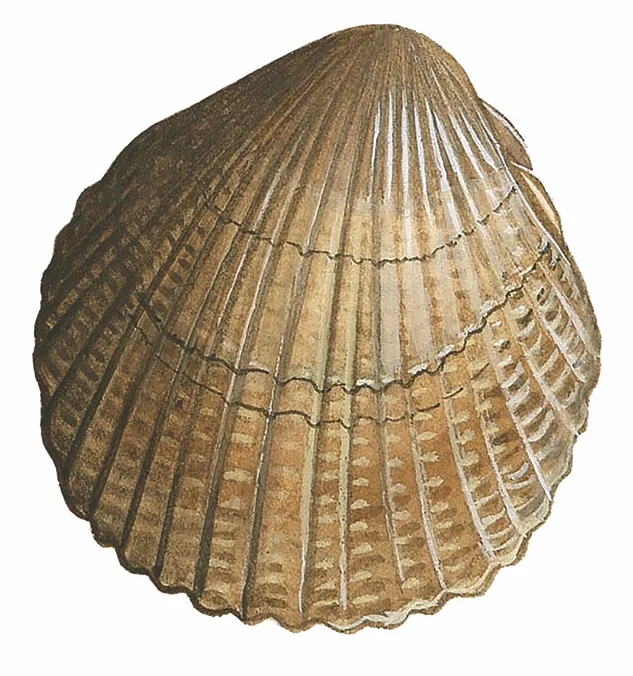
Fan-shaped shell with radiating ribs up to 5cm across. These once housed the familiar edible cockle, the type you can still buy at Broadstairs beach and other market fish stalls.
Widely distributed in estuaries and sandy bays throughout the UK – as many as up to 10,000 per m². They burrow to around 5cm beneath the surface.
Common limpet, Patella vulgata
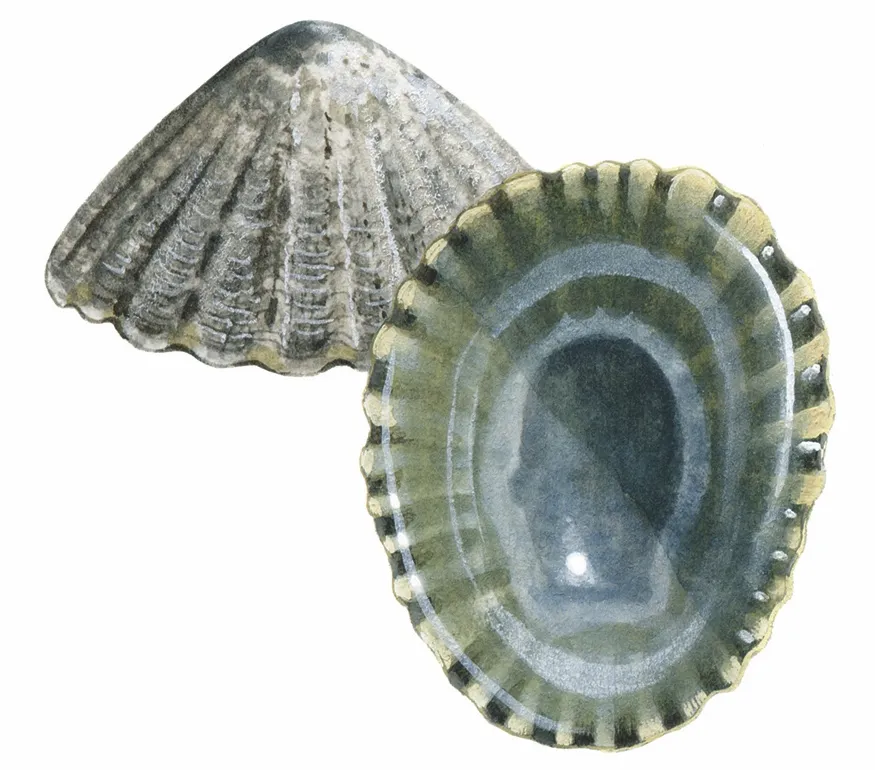
Familiar conical shell in grey or white with radiating ridges up to 6cm high, these are often found clamped onto the walls of rockpools at low tide. When the tide comes in, however, they wake up and move around, munching on algae with their tough tongues – which are the world's strongest known biological structure.
Found on rocky shores throughout the UK.
Common oyster, Ostrea edulis
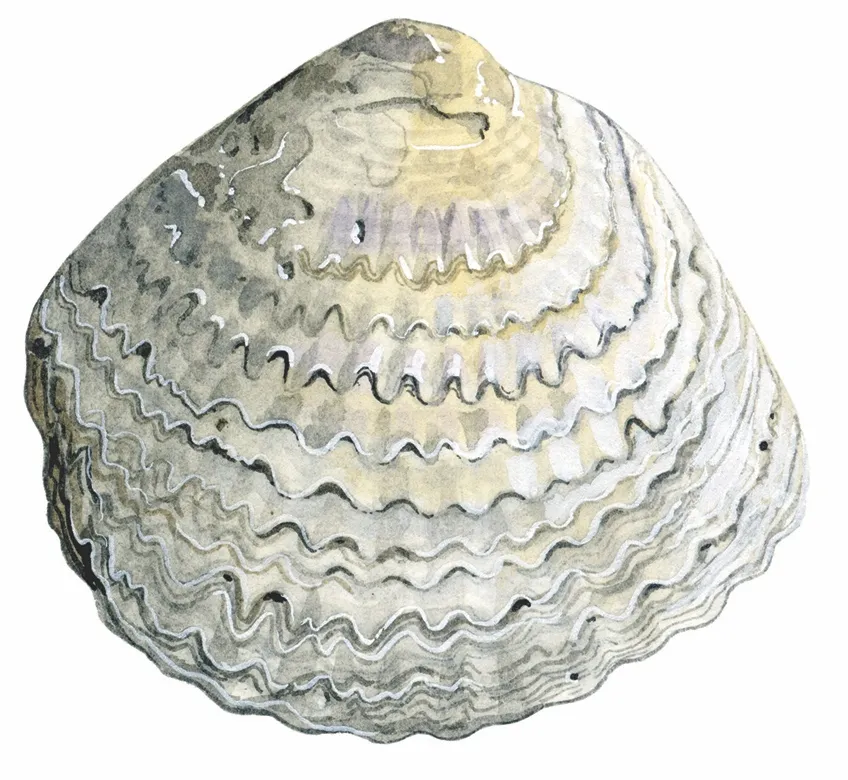
Also known as native oysters, these incredible bivalves live on the seabed in shallow coastal estuaries. The shells are oval or pear-shaped, up to 11cm across. The two halves of shell are very different – one smooth and flat, the other rough and concave. Widely distributed but less common on the east coast.
- Oyster stocks are hugely depleted around the UK. See John Craven's report, Can oysters save our seas? for the full story.
More related content:
Oysters on the low tide/Credit: Getty
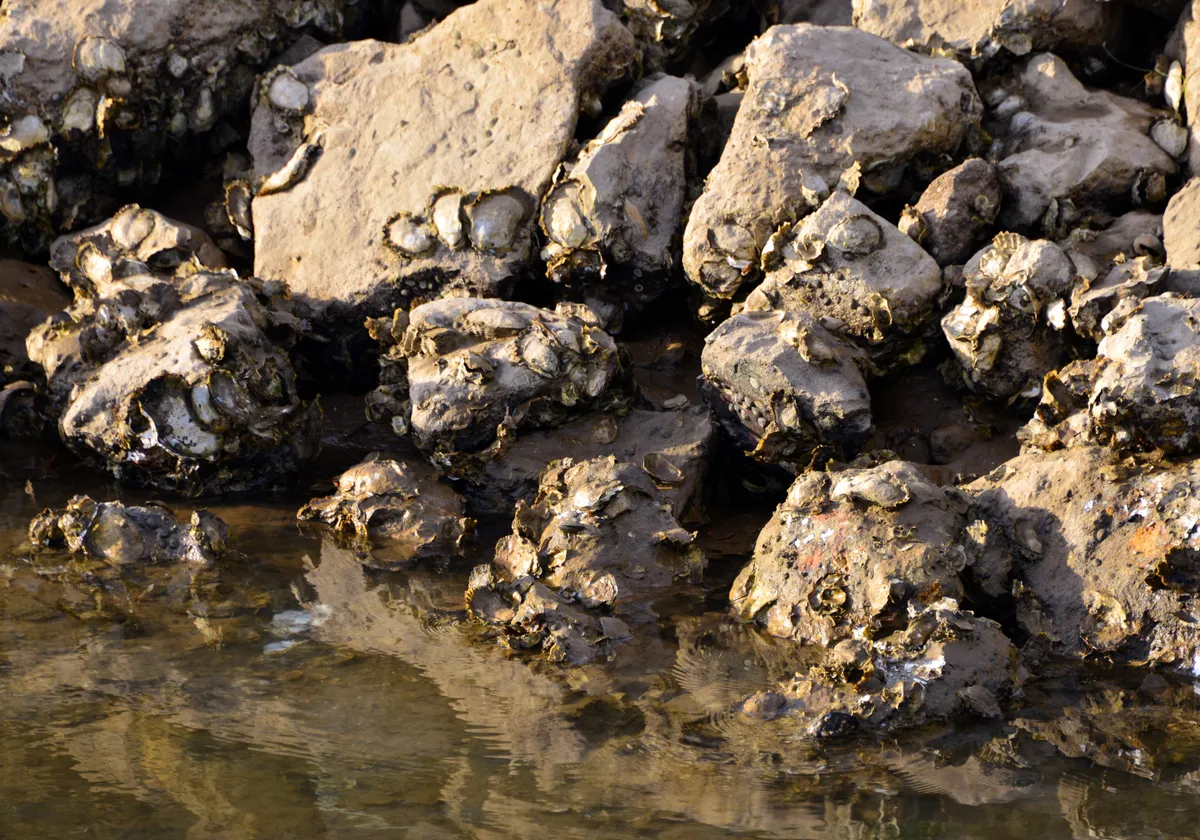
Common periwinkle, Littorina littorea
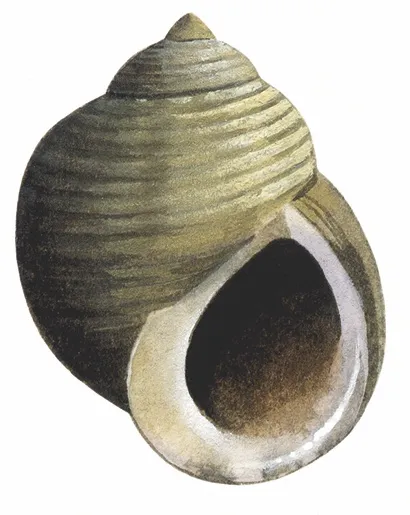
This black or grey conical shell grows up to 5cm in height and is found everywhere, particularly rocky coasts. It's a gastropod that's also known as a 'edible periwinkle'. The males are distinguishable during the summer by the presence of a penis on the right hand side of their bodies.
Common piddock, Pholas dactylus
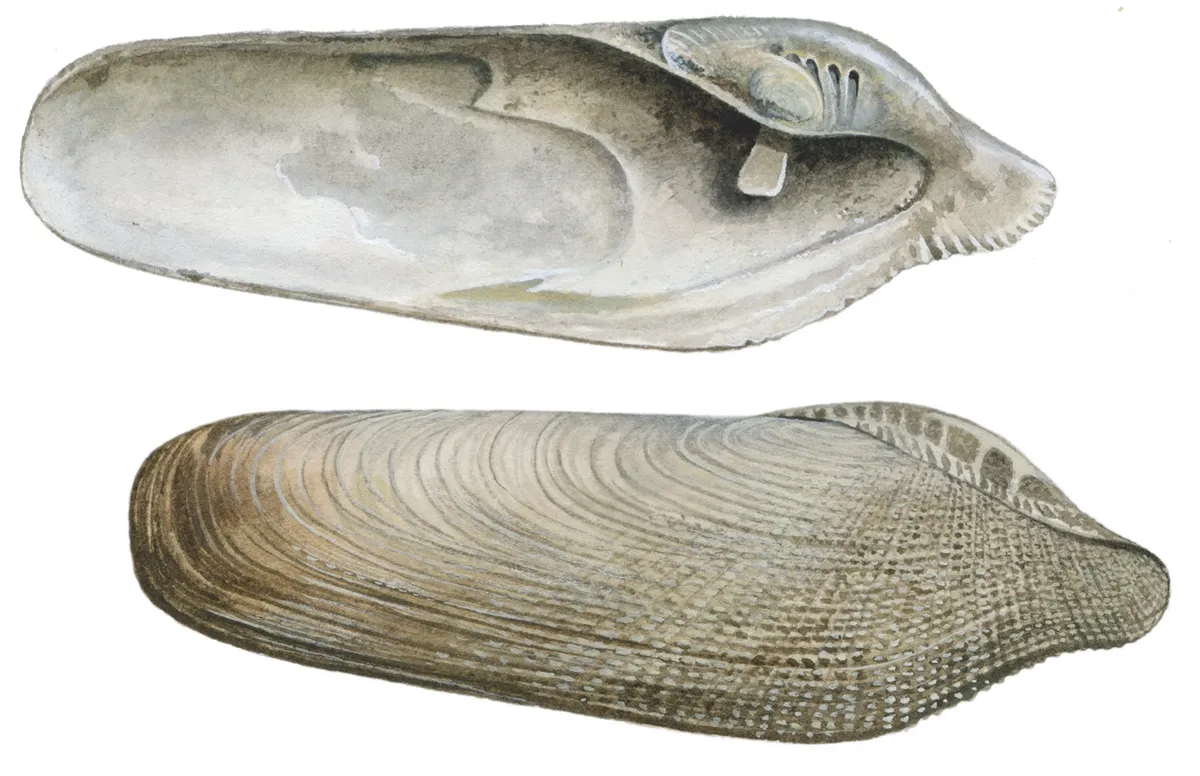
This large, brittle shell was once home to an amazing creature – a bivalve that glows in the dark!
As a larvae, it bores into soft rock to create a burrow for itself, and then lives out its days there, filter-feeding on organic matter in the water. When alive, it glows blue-green around the edges of its shells, due to the presence of a bioluminescent protein. This has been extracted and used in medicine as an indicator to predict illness in humans.
The shell is up to 12cm long and has ridges and radiating lines. It is dull-white or grey in colour, and largely found on southern shores.
Britain’s best coastal caves, arches and stacks
Along the British coastline you will find a range of dramatic rock formations which range from hidden caves, arches and stacks. Our guide to the most spectacular coastal caves, arches and stacks along the British coast.
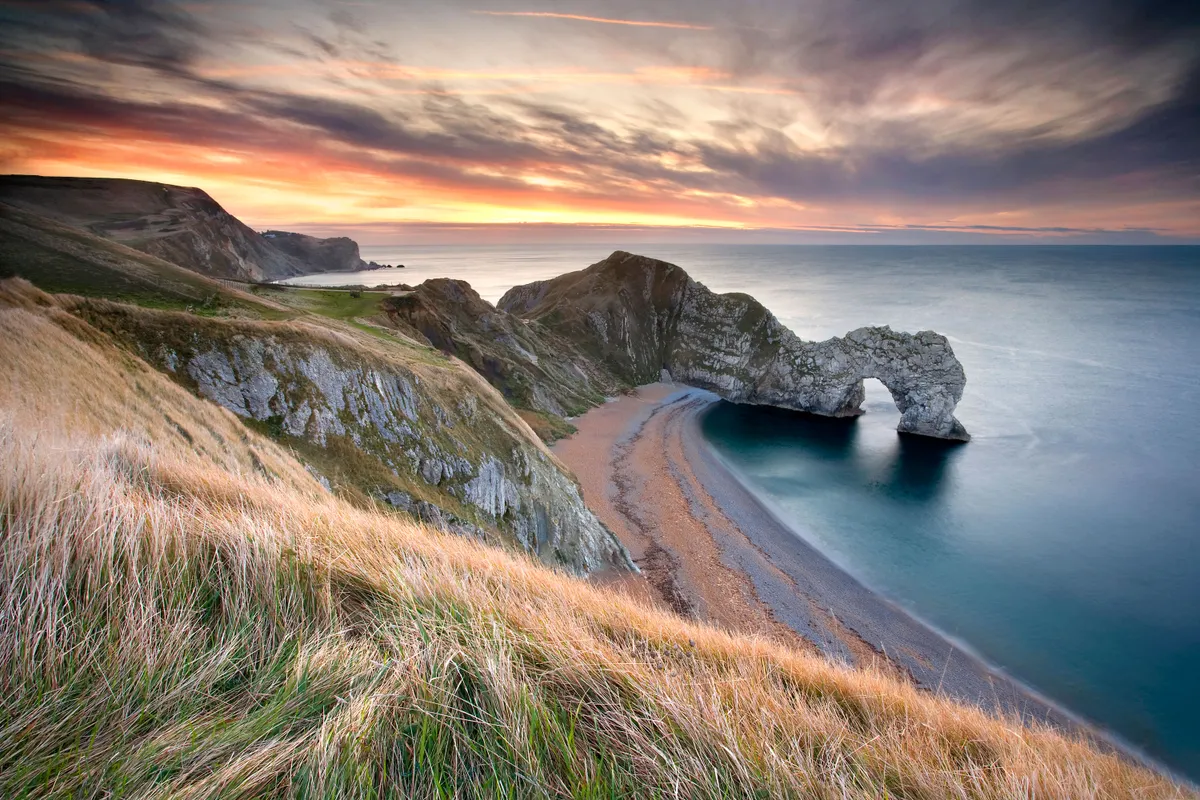
Common Razor clam, Ensis magnus
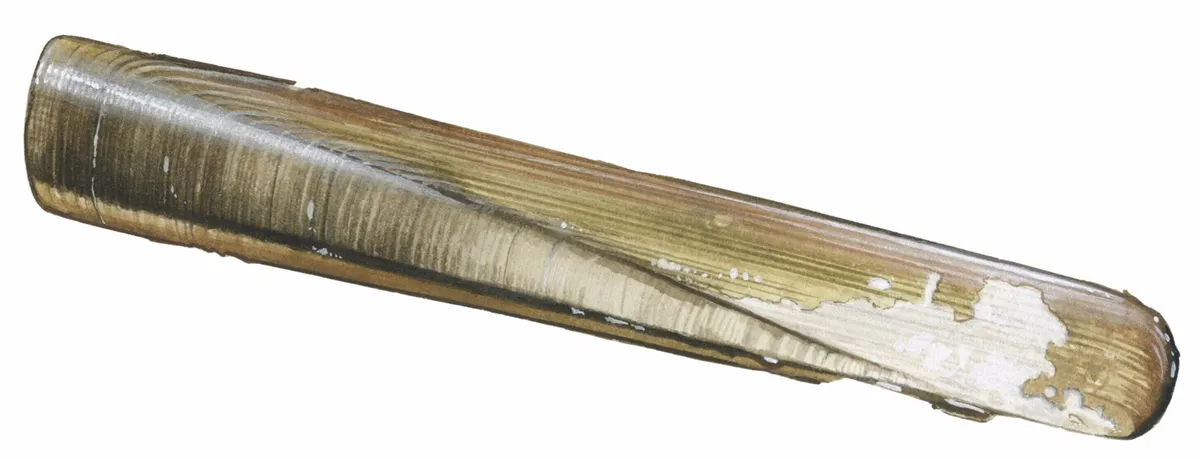
Unmistakable slender shell up to 25cm long – very common on sandy bays and estuaries. Often washed up in vast numbers after storms, the animals themselves live buried deep under the sand. The shells are named after the traditional razor blades that barbers used to use, and in Scotland they're called 'spoots' after the jet of water they push out behind them when burrowing at low tide.
Common whelk, Buccinum undatum
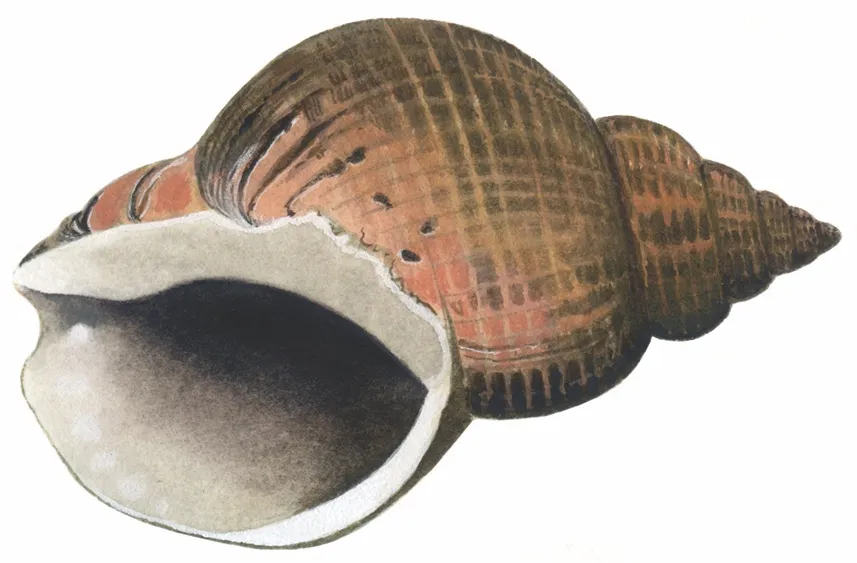
This shell once belonged to the largest of the sea snails. It is a yellow-brown spiralling shell up to 10cm high and 6cm wide. Very common. Mobile, the common whelk is carnivorous and preys on small bivalves, as well as scavenging for carrion. It's also common to find its empty egg casements washed up on the beach: it lays in batches of up to 2,000 at a time.
Britain’s best seal watching spots and how to avoid disturbing the colony
Spotting a seal colony is one of Britain's great wildlife spectacles. Our guide explains how to spot seals without disturbing the colony, the best seal watching spots in the UK, plus how to identify harbour seals and grey seals.
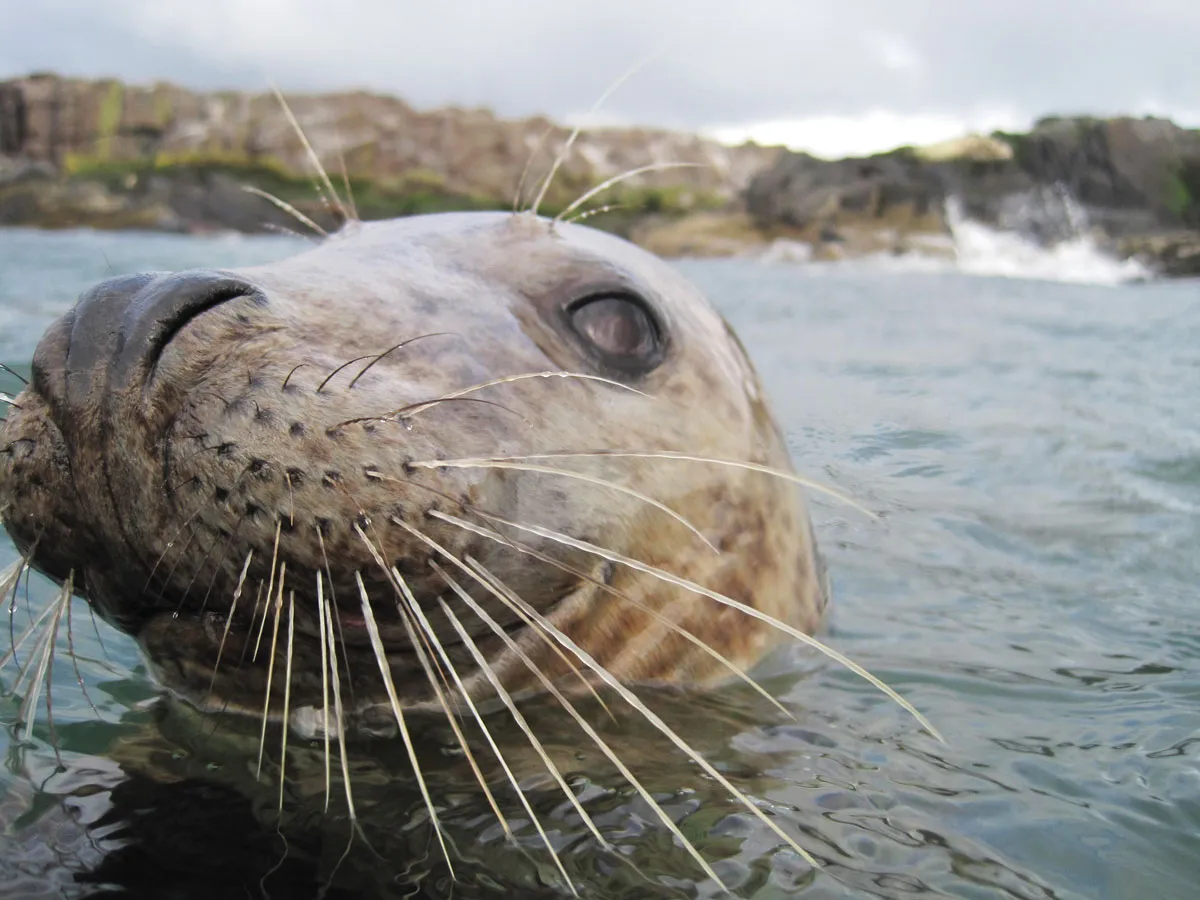
Dog whelk, Nucella lapillus
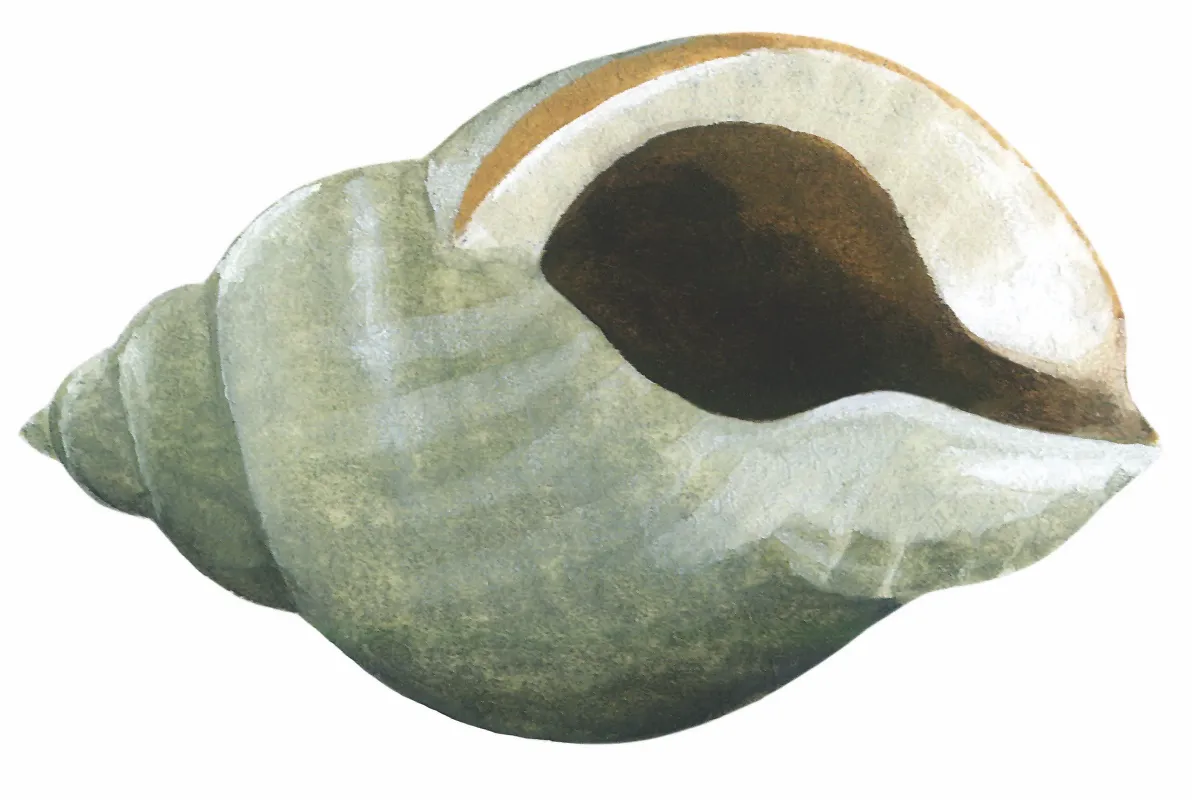
Spired, up to 6cm long, in cream, yellow or grey. It's a sea snail, smaller than the common whelk, smoother than the netted whelk and more rounded than the oyster drill.
Common on all rocky coasts where it feeds on barnacles and mussels – its favourite snack.
Flat periwinkle, Littorina obtusata
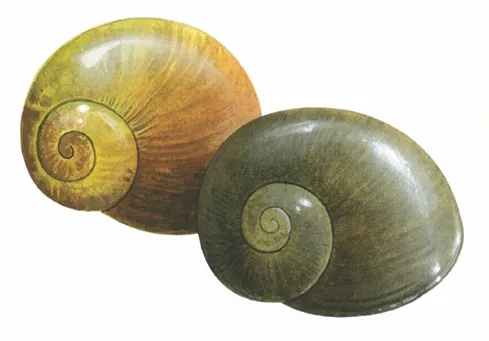
Small, varicoloured whorled shell up to 1.5cm that comes in lots of different colours, from olive-green to brown, red and yellow. This is a little sea snail that's often found among kelp - most commonly Bladderwrack. It's a camouflage expert and is often mistaken for the air sacs that makes the seaweed float.
Grey top shell, Steromphala cineraria
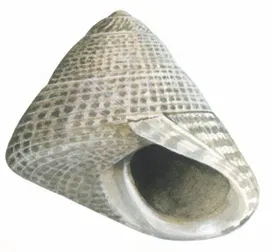
This small whorled shell is 1.7cm across and once belonged to a sea snail. Grey or light-yellow with brown or purple streaks. A herbivore that grazes on seaweed, it is common on all coasts.
Common mussel, Mytolis edulis
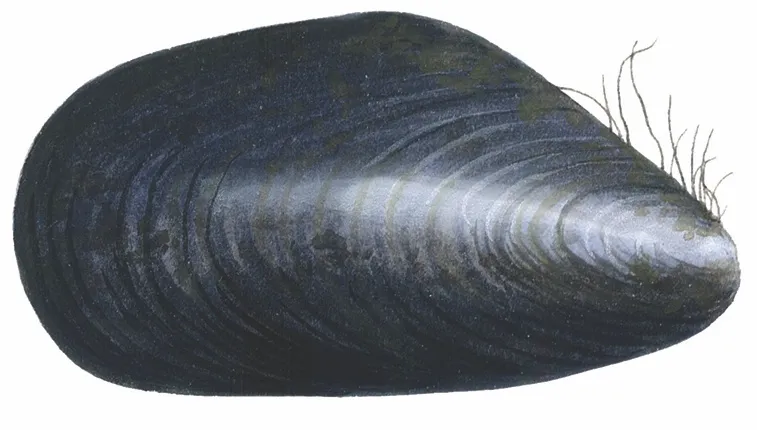
Purple or blue shell, 5-10cm long when adult. Found in clumps attached to rock surfaces, piers and sheltered harbours. Very common on all coasts on intertidal rocks.
Necklace shell, Euspira catena

A smooth, golden-brown whorled seashell up to 3cm high, once belonging to a sea snail. Common on sandy shores.
Painted topshell, Calliostoma zizyphinum
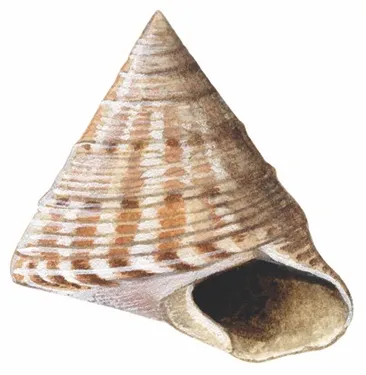
Conical violet/pink and brown streaked shell, up to 3cm high. Very common on seaweed-covered rocky shores, this little sea snail lives at the very bottom of the rocks and grazes on algae.
Guide to Britain’s dolphins, porpoise and whales: how to identify and best places to to see
Learn all about Britain's dolphins, porpoise and whales – including identification, the best places to see them and boat excursions – with our guide to the UK's most common cetacean species.
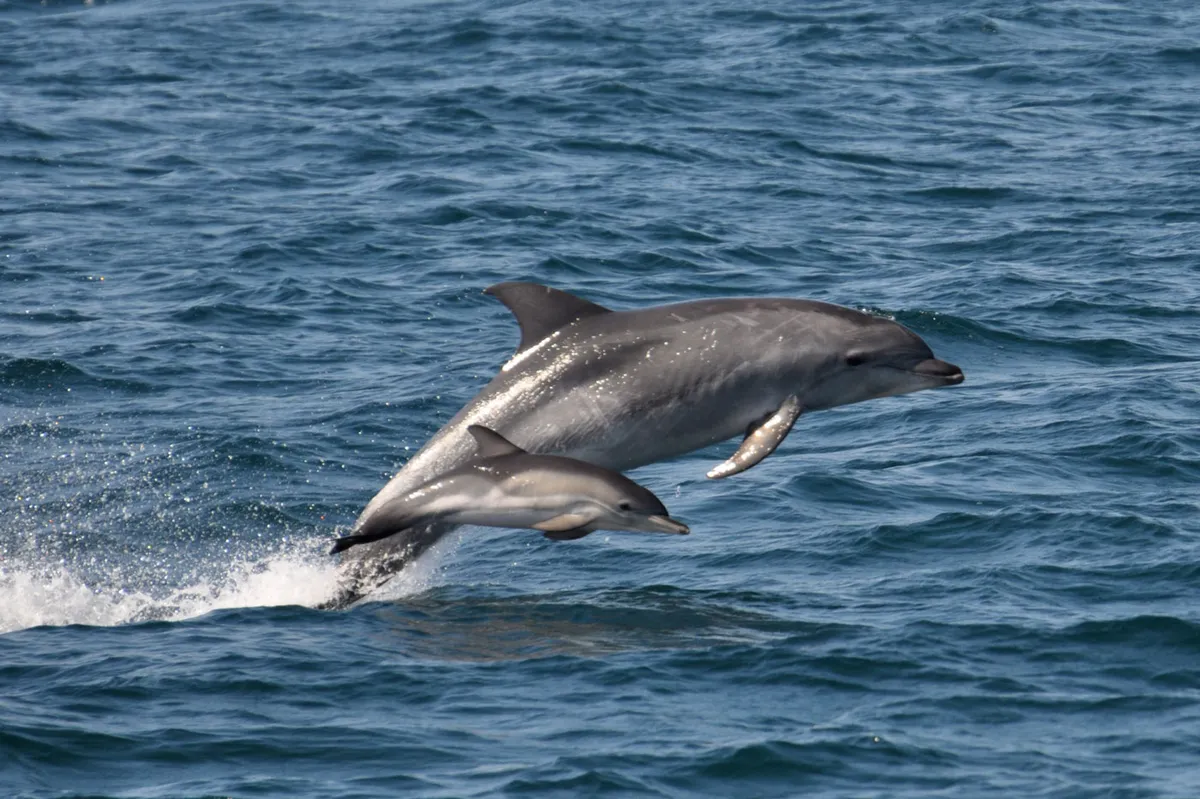
Slipper limpet, Crepidula fornicata
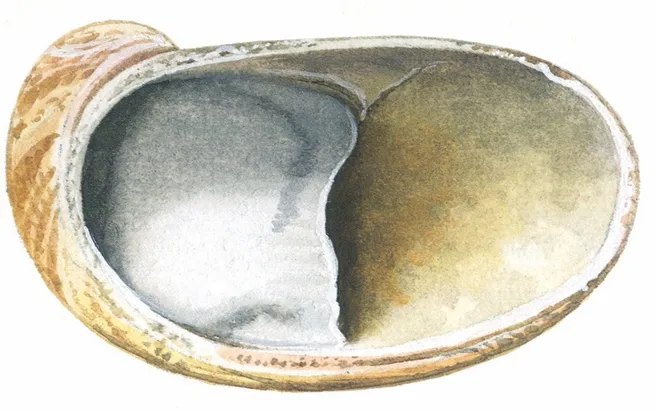
Oval shell up to 5cm long with a large opening underneath, up to half the length of the body. First introduced by accident in a shipment from North America, slipper limpets are a huge pest of oysters and mussel beds. They live stacked up on top of each other, and are mostly found on the coasts of southern Britain.
Thick top shell, Phorcus lineatus
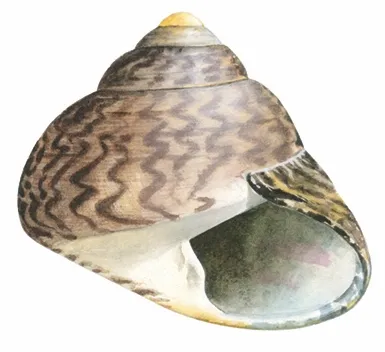
Turban-like spire up to 3cm in height in green, grey or black, with mother-of-pearl interior. With a 'tooth' just inside its mouth, it's also known as a toothed topshell.
Extremely common on the rocky shores of south-west England, its northernmost point is Wales.
Thin tellin, Macomangulus tenuis
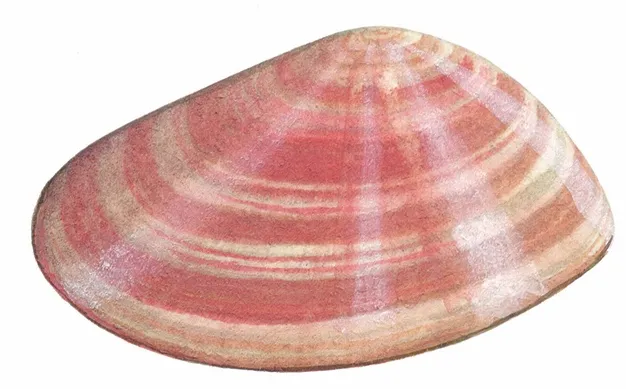
This brittle, flattened shell grows up to 3cm long and comes in shades of pink and yellow. It's common on sandy shores, residing in fine sand and on the sea bed, burying itself up to 12cm deep.